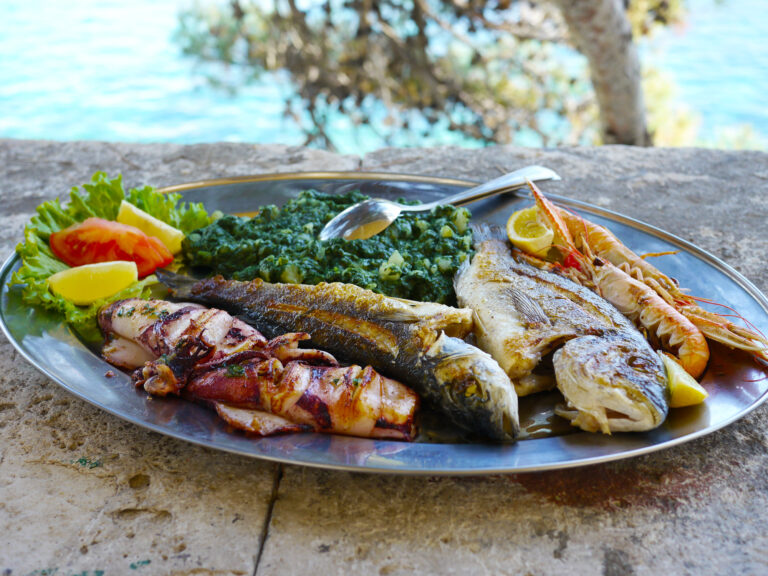Introduction: Montenegrin Cuisine and Seafood
Montenegro is a small country located in southeastern Europe, bordered by the Adriatic Sea. Montenegrin cuisine is influenced by its surrounding neighbors, including Italy, Turkey, and Croatia. One of the main staples in Montenegrin cuisine is seafood, due to its location on the Adriatic coast.
The Importance of Seafood in Montenegrin Culture
In Montenegro, seafood plays a significant role in the culture and daily life of its people. Fishing has been a traditional occupation for many years, and many coastal towns and villages rely on it for their livelihood. Seafood is also an integral part of Montenegrin cuisine, and many families have their own recipes and techniques for preparing various types of seafood.
Popular Seafood in Montenegrin Cuisine
Montenegro is known for its variety of seafood, which includes fish such as sea bass, mackerel, and sardines, as well as shellfish like mussels, clams, and oysters. These ingredients are often used to create flavorful dishes that are rich in Mediterranean flavors, including olive oil, garlic, and fresh herbs.
Traditional Montenegrin Seafood Dishes
One of the most famous traditional Montenegrin seafood dishes is black risotto, or crni rizot. This hearty dish is made with squid ink, giving it a distinct dark color and unique flavor. Another popular dish is grilled fish, which is often cooked over an open flame and served with lemon and garlic. Other traditional seafood dishes include seafood stew, octopus salad, and grilled shrimp.
Seafood Festivals and Celebrations in Montenegro
Montenegro is home to several seafood festivals and celebrations throughout the year. One of the most popular is the Boka Night festival, which takes place in the coastal town of Kotor. This festival celebrates the local seafood and includes live music, dancing, and traditional foods.
Conclusion: Preserving Montenegrin Seafood Dishes for Future Generations
Seafood is an important part of Montenegrin culture and cuisine. By preserving traditional seafood dishes and celebrating them at festivals and events, Montenegro can ensure that future generations continue to appreciate and enjoy the unique flavors and traditions of Montenegrin cuisine.

